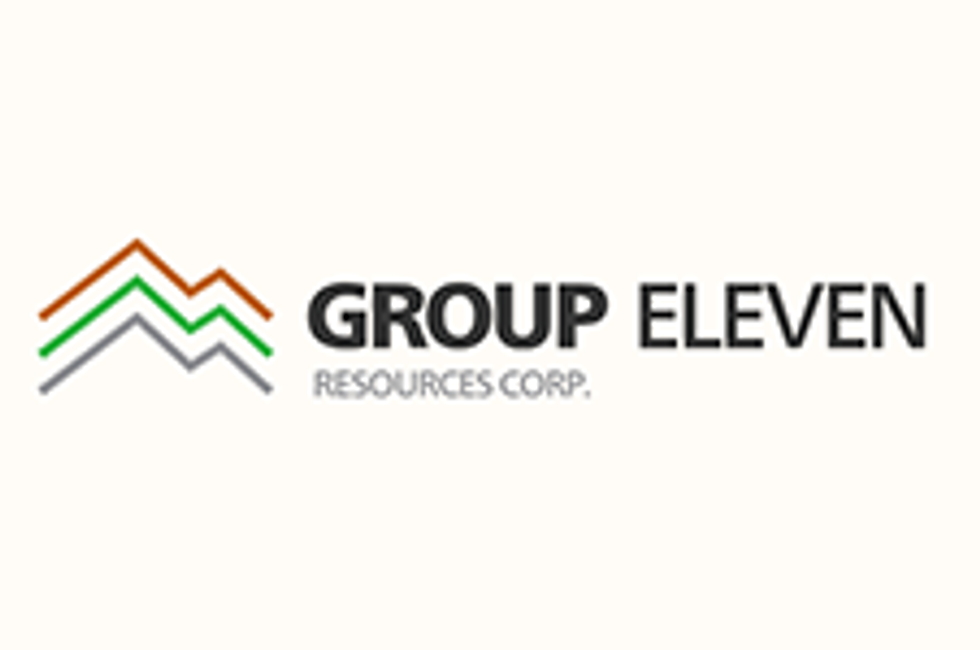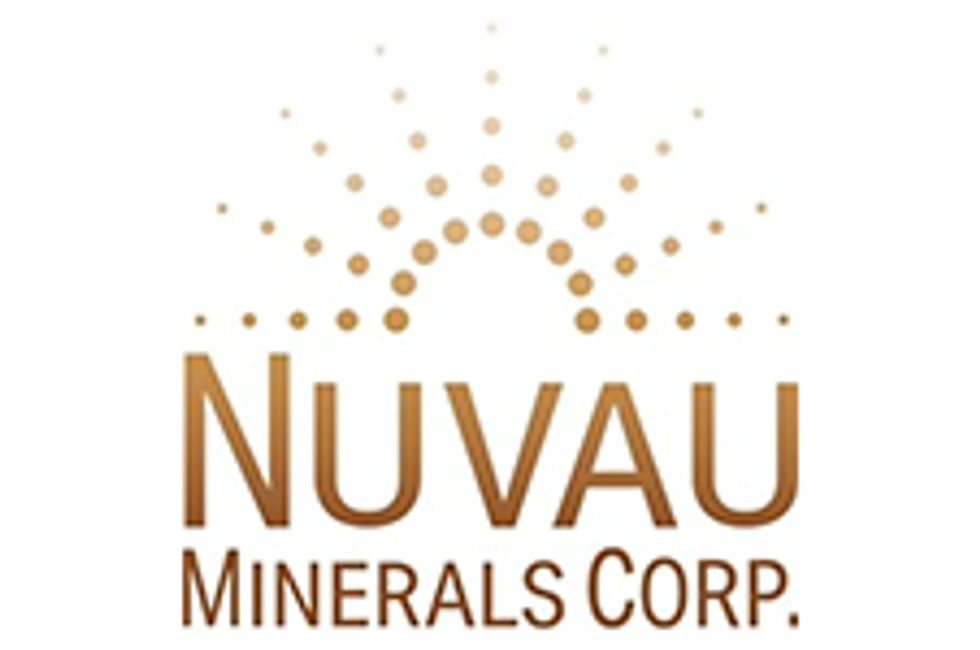China looks ready to lead zinc higher with rising manufacturing numbers, but Eurozone worries are a cause for concern.
Zinc prices have received some strong signals in recent weeks as China’s economy regains strength and the Eurozone tips back into a recession.
Positive news in China and the US has seen zinc cash-buyer prices gain more than $60 per tonne, closing at $1,921 per tonne on November 14. Though zinc prices have traded approximately 15 percent lower since the beginning of 2012, select areas of resurgent growth have changed that in the past two weeks.
China rekindles growth
After seven consecutive quarters of contraction, several metals analysts are predicting that China is set to grow. Current price movements are hinting at the market’s anticipation of oncoming growth.
Justin Smirk — who Bloomberg rates as the most accurate industrial metals price forecaster — told Bloomberg, “[w]e do see this point in time as perhaps the worst for the growth cycle. Commodity prices should be moving stronger through this year and into next.”
Consistent action from the US, China and Japan to catalyze economic growth is expected to take hold in the near future.
The recent rise in HSBC’s Flash China Manufacturing Purchasing Managers’ Index (PMI) — a measurement of manufacturing growth — has been a key source of optimism for many watching the nation, which consumes 43 percent of the world’s zinc. The increase to 49.5 on the index indicates that while it is still in decline, China’s manufacturing sector has moved consistently towards increased growth over the past three months.
In the coming months, Smirk believes that zinc will gain 8.6 percent to hit $2,100 a tonne by Q2, while others believe the price could rise as high as $2,200 by the end of 2013.
North American growth
Positive expectations for 2013 are also present in North American zinc markets as several traders are beginning to see prices firm up on the back of declining local supply.
Despite declining purchases in European markets in recent years, North American volumes have remained steady, with special high-grade (SHG) zinc premiums gaining about $0.01 in 2012, American Metal Market reported.
SHG premiums are drifting toward 8 cents per pound for 2013 contracts as London Metal Exchange three-month zinc contracts closed at $1,948 per tonne, or 88.4 cents per pound, on November 14, up 3.8 percent at the end of October.
The positivity is also reflected in stabilizing steel demand, with steel mills paying higher prices while auto-industry demand and residential construction numbers are gaining.
Lourenco Goncalves, chairman, president and CEO of Metal USA, is one figure trumpeting the resurgent growth sentiment.
“We’re not seeing anything bad in front of us at this point in time,” and “[e]ven more importantly, the U.S. industrial production numbers continue to outperform the GDP,” Goncalves said at the Dahlman Rose & Co. Global Metals, Mining and Materials Conference earlier this week.
“Despite all the conversations regarding overcapacity, we still buy more steel at the end-user level than we produce in this country. So it’s a good place to be, and it gives us assurance that things will continue to go well,” Goncalves told American Metal Market.
Europe’s recession
Despite recent zinc price gains, concern is swinging back into the market as Europe enters a recession for the second time since 2009.
Following a 0.2 percent drop in the second quarter, economic output in the Eurozone fell 0.1 percent in the third quarter as the economies of the Netherlands, Spain, Italy and Austria contracted.
Industrial production in the Eurozone fell 2.5 percent in third quarter, reported Eurostat, the EU’s statistics office. That’s 0.6 percentage points worse than the same group forecast this summer.
While France and Germany were able to retain marginally positive economic growth rates during the last quarter, both households and governments are expected to rein in spending in the coming year as the impacts of the recession take hold.
Industrial output in Europe’s economic engines has already fallen, and Germany, France and Italy have seen industrial output dive. In September, German industrial production fell by 2 percent, while production in France and Italy from August through September slid by 2.7 and 1.5 percent respectively. Together, these three nations account for about two-thirds of the Eurozone’s total industrial production.
Zinc producers cautious
Though cognizant of the European situation, zinc producers are also hopeful that Chinese and American markets can restore what has been an unimpressive 2012 thus far.
Glencore International’s (LSE:GLEN) third-quarter report shows a 5.7 percent fall in zinc production to 511.9 million tonnes in the first nine months of 2012.
Glencore is less optimistic about a quick return in demand. The company’s report notes that it is “not assuming any short term material improvement in global macro conditions.”
Teck Resources (TSX:TCK.B) has faced similar challenges this year, and reported significant cutbacks in revenues and profits from its zinc business.
Revenues from Teck’s zinc operations during the first nine months of 2012 fell almost 25 percent, to $664 million, compared to the same period in 2011. Gross profits before depreciation and amortization fell 54.6 percent in the same period.
Teck cited weather delays and lower ore grades and milling rates at its Red Dog operations in Alaska as the primary causes for production reductions, while the 15 percent decline in zinc prices during Q3 further guided falling revenues.
Securities Disclosure: I, James Wellstead, hold no direct investment interest in any company mentioned in this article and have no position within zinc markets.

